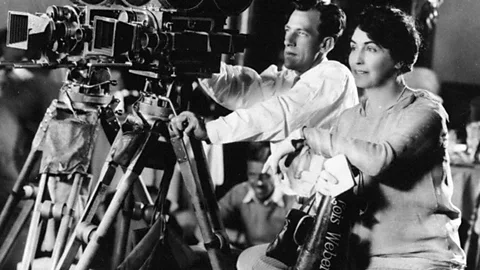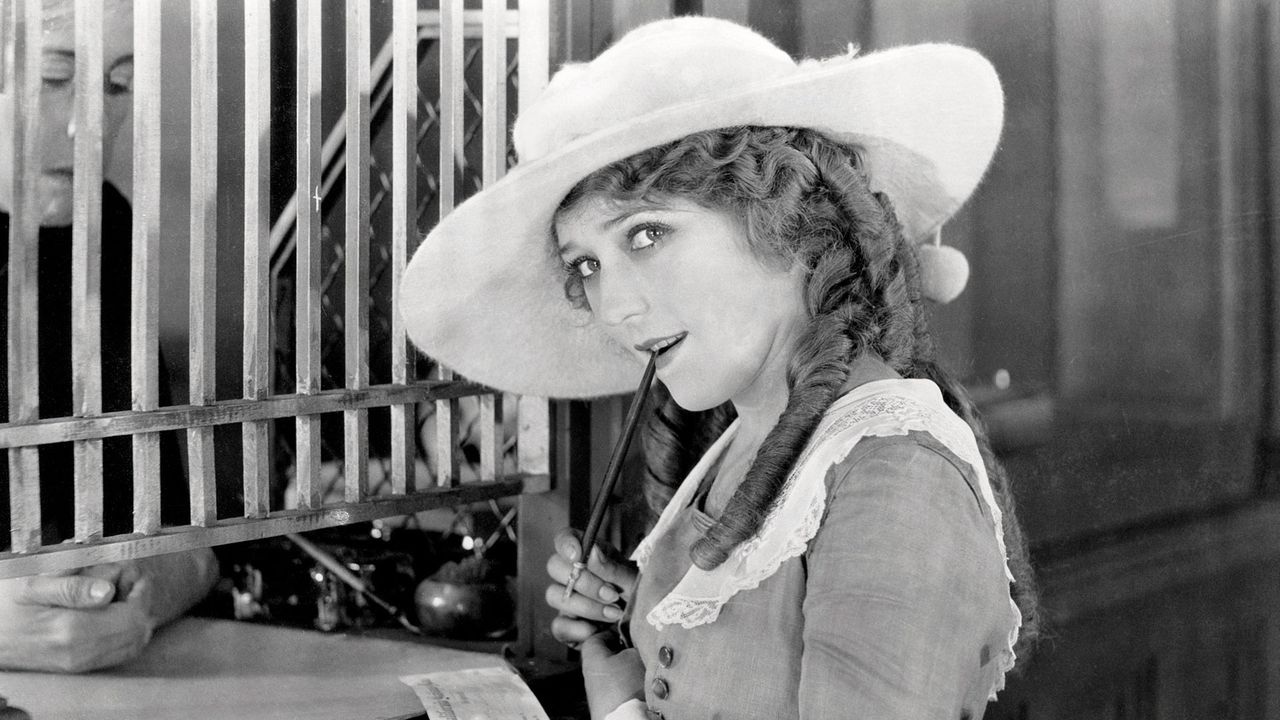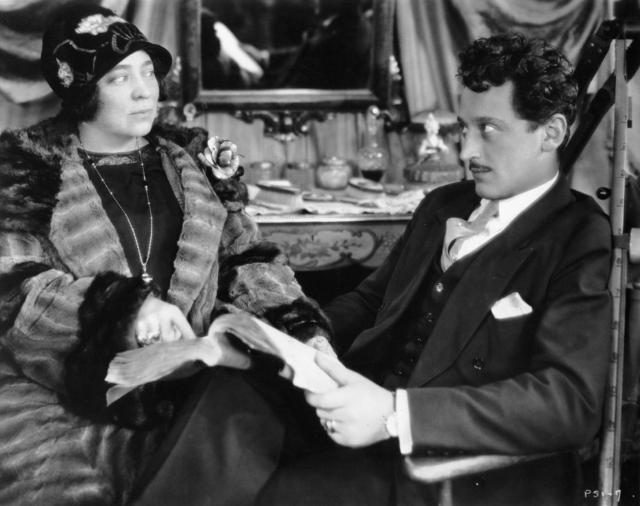Hollywood has long been known as a male-dominated industry, but in its early days, women played a much larger and more influential role than many realize. Female filmmakers, screenwriters, producers, and executives helped shape the burgeoning film industry, yet their contributions have often been overlooked or forgotten. This blog explores the pioneering women of early Hollywood who broke barriers and left an indelible mark on cinema history.
Women Behind the Camera: Pioneering Female Directors
In the silent film era, women had significant influence both on and off the screen. Some of the earliest directors in Hollywood were women who took creative control over their films and pioneered innovative techniques that shaped the industry.
Alice Guy-Blaché: The First Female Director

Alice Guy-Blaché is widely regarded as the first female film director and one of the first filmmakers to explore narrative storytelling in film. Born in France, she began her career in the 1890s and later moved to the U.S. to establish Solax Studios, where she directed, wrote, and produced hundreds of films. Her work included early uses of synchronized sound and groundbreaking cinematographic techniques.
Lois Weber: A Trailblazing Director and Social Commentator

Lois Weber was one of the most influential directors of the silent era. Not only was she the first American woman to direct a feature-length film (The Merchant of Venice, 1914), but she also tackled controversial social issues such as birth control, gender inequality, and poverty. At one point, she was the highest-paid director in Hollywood, a testament to her immense impact on the industry.
Dorothy Arzner: Breaking Barriers in the Studio System

Dorothy Arzner was the only female director to successfully transition from the silent era to the talkies. She became the first woman to direct a sound film (The Wild Party, 1929) and was a key figure at Paramount Pictures. Arzner also invented the boom microphone, an innovation that revolutionized film sound recording.
Women in Screenwriting: The Power of the Pen
While directing was a significant achievement, women also played a crucial role in shaping Hollywood as screenwriters. The early film industry saw an abundance of female screenwriters who created some of the most memorable stories of the silent and early sound eras.
Frances Marion: Hollywood’s Most Celebrated Screenwriter

Frances Marion was one of the most prolific and successful screenwriters of the 1910s and 1920s. She was the first woman to win an Academy Award for Best Adapted Screenplay (The Big House, 1930) and wrote scripts for legendary stars such as Mary Pickford and Greta Garbo. Her career spanned decades, making her one of the most influential figures in early Hollywood.
Anita Loos: The Woman Who Defined Wit

Anita Loos is best known for her novel Gentlemen Prefer Blondes, which became a cultural phenomenon and was later adapted into a famous film starring Marilyn Monroe. However, she was also a prolific screenwriter who crafted witty and sophisticated scripts that helped define Hollywood’s golden era.
Women in Production and Studio Leadership
While fewer women held executive positions in the studio system, some managed to break through and gain influence over Hollywood’s decision-making process.
Mary Pickford: From Actress to Mogul

Mary Pickford, known as “America’s Sweetheart,” was not just a film star—she was also a shrewd businesswoman. She co-founded United Artists in 1919 alongside Charlie Chaplin, Douglas Fairbanks, and D.W. Griffith. This move gave her creative control over her projects, a rare achievement for women at the time.
June Mathis: Hollywood’s First Female Executive

June Mathis was a powerful screenwriter and studio executive who played a crucial role in casting Rudolph Valentino in The Four Horsemen of the Apocalypse (1921), a decision that made him a star. As one of the first female executives in Hollywood, Mathis demonstrated that women could have substantial influence in the business side of filmmaking.
The Decline of Female Influence in Hollywood
Despite their early successes, women’s roles in Hollywood began to diminish in the 1930s and 1940s as the studio system became more rigidly controlled by men. The introduction of labor unions and industry guilds often excluded women, and by the time Hollywood entered its so-called “Golden Age,” the presence of female directors and executives had almost disappeared.
The Legacy of Hollywood’s Female Pioneers
While many of these women were forgotten for decades, their contributions have recently gained recognition. Film historians and scholars have worked to restore and celebrate their legacies, ensuring that their pioneering work is acknowledged.
Today, female filmmakers continue to push boundaries, and many of them draw inspiration from the trailblazers of early Hollywood. Directors like Kathryn Bigelow, Ava DuVernay, and Greta Gerwig owe a debt to these early pioneers who proved that women belong behind the camera as much as they do in front of it.
Conclusion
The history of Hollywood is incomplete without recognizing the women who helped build the industry. From groundbreaking directors like Alice Guy-Blaché and Lois Weber to influential writers like Frances Marion and Anita Loos, these women defied societal norms to shape cinema in its formative years. Though their impact was nearly erased from history, their influence lives on in the work of today’s female filmmakers. Their stories serve as a powerful reminder that women have always been, and will continue to be, an essential part of Hollywood’s creative and cultural legacy.




